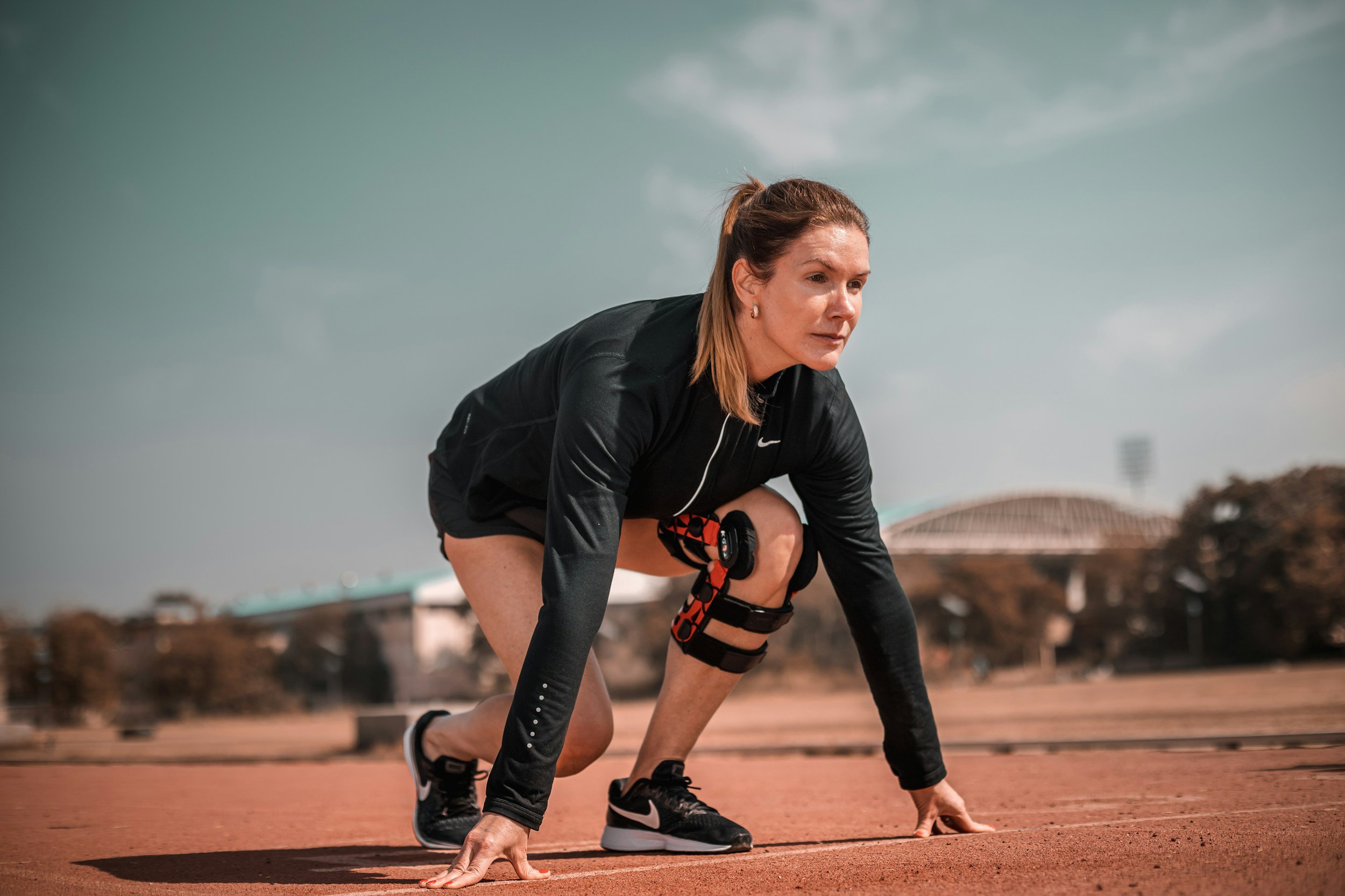
Bridge Enhanced ACL Restoration
BEAR Procedure
Dr. Abildgaard is the first Orthopedic Surgeon in the state of Arizona to offer the BEAR® Implant for treatment of anterior cruciate ligament (ACL) tears. The BEAR Implant is the first medical advancement to enable the body to heal its own torn ACL. This new approach is a paradigm shift from the current standard of care – reconstruction that replaces the ACL with a graft – and is the first innovation in ACL tear treatment in more than 30 years.
FAQs
-
• The standard of care has been to reconstruct the ACL.
• During an ACL reconstruction, a surgeon completely removes the remaining torn ACL and reconstructs it with either a tendon from the patient’s own leg (called an autograft) or a graft from a deceased donor (called an allograft).
-
The BEAR Implant can be utilized if you are at least 14 years of age, skeletally mature, with a complete rupture of the ACL, as confirmed by MRI. You must have an ACL stump attached to the tibia to facilitate the restoration. Ideally, the BEAR device should be implanted within 50 days of injury.
-
Unlike reconstruction, the BEAR Implant does not require a second surgical wound site to remove a healthy tendon from another part of the leg or use of a donor tendon. Instead, the implant acts as a bridge to help ends of the torn ACL heal together.
During surgery, a small amount of your own blood is injected into the implant, and it is inserted it between the torn ends of the ACL in a minimally invasive procedure. The combination of the BEAR Implant and your blood enables the body to heal the torn ends of the ACL back together while maintaining the ACL’s original attachments to the femur and tibia. As the ACL heals, the BEAR Implant is resorbed by the body, usually within eight weeks.
-
Donor site morbidity is the presence of symptoms related to the graft harvest site that persist beyond 1 year. With certain ACL reconstruction techniques, persistent symptoms are not uncommon. Some research states that about half of patients who receive a patellar tendon autograft experience pain while kneeling, and those that receive hamstring grafts have persistent weakness, as much as 50% at 2 years.
The BEAR implant doesn’t involve a tendon donor graft, therefore these types of complications don’t occur.
-
• Clinical studies have demonstrated that the BEAR Implant restores torn ACL quality and size similar to a patient’s non-injured ACL.
• Compared with autograft ACL reconstruction, it also has shown faster recovery of muscle strength and higher patient satisfaction with regard to readiness to return to sport.
• It is hoped that by providing more normal anatomy and function of the knee, a higher percentage of BEAR Implant patients will be able to return to the level of activities they enjoy.
More About the BEAR Implant
-
Publications
-
Post op Instructions
-
Rehab Protocol
